Dear Scouting NY reader,
About a decade ago, I was hired to work on my first movie.
Yep, that’s me on set in my very first job in locations, and though I look quite elated to be wearing that ridiculous hardhat, I was actually feeling extremely scared when this picture was taken, for one simple reason:
I had absolutely no idea what I was doing.
I’d just graduated from college a few months back, and had been trying desperately ever since to get a job on a film production. As an aspiring director/screenwriter, all I wanted was to get some actual on-set work to understand how “real” movies were made. I scoured job boards and sent out resumes to every listing I could find – and didn’t hear back from a single one.
For a moment, there was a glimmer of hope. A friend helped me get a job working as the assistant to an ultra low budget director making an indie romantic comedy, for the impressive salary of $100 a week. Sadly, the production closed down after only a few weeks without a single day of shooting, and I was back to where I started. I thought I was sunk.
Then, one day, completely out of the blue, I got a call from someone I’d met briefly while working on the indie film. This person happened to recall that I was pretty good with tech stuff, and would I be interested in working on a movie he was helping to location manage, Steven Spielberg’s War of the Worlds (2005).
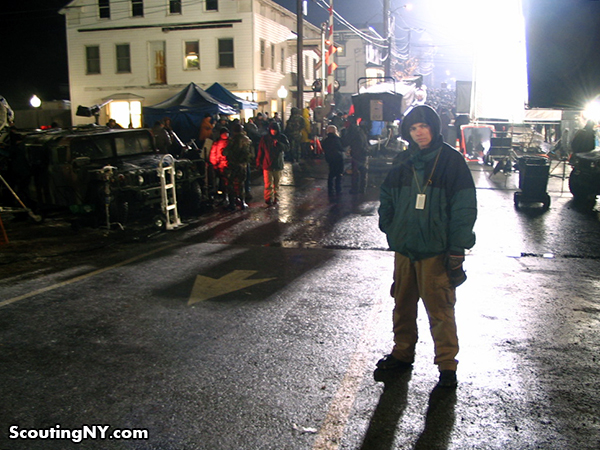 |
| Me attempting a cooler pose after the embarrassing hardhat photograph. |
Essentially, Tom Cruise had a stipulation in his contract that guaranteed him four hard internet lines and four hard phones lines in his trailer at every one of the dozens of shooting locations we were scheduled to visit up and down the East Coast, from upstate New York to West Virginia. I was to be solely responsible for making this happen, from logistics to installation to support.
I had no idea what I was doing.
Pictured above is the “Wireless Internet Trailer,” an enormous satellite dish on wheels some guy had built to miraculously provide internet anywhere you wanted it. As I heard frequently on set, this was to be the future of portable internet access.
It was designed to be idiot-proof. The teamsters would off-load it next to Tom’s camper. I’d then push the button, the dish would rise up, circle around until it got a signal, four lights would blink on, and we had internet. I’d run the hard lines to Tom’s trailer, then start planning the next location.
Except it never, ever worked. I would go on to spend many a freezing morning that winter huddling up in the cold as I waited for a fourth connect light that would never turn on.
Though I was extremely grateful to finally be working on a film set, I was a bit disappointed to have wound up in Locations. All day, I’d watch other departments doing what seemed like very important tasks on set: camera guys changing lenses and pulling focus, grips throwing up stands at a moments notice, electricians running cable, sound guys holding booms, ADs barking orders…
As for locations guys? As far as I could tell, all they did was stand around with a stack of permits not doing much of anything.
One day early on, I mentioned to one of my locations co-workers that I was hoping to get into the camera department on my next job, saying that I thought it would help me to get a better of understanding of how movies were made. He looked at me like I had two heads.
“What do you have left to do today, Nick?” he asked.
“Not much, really,” I said. “The trailer is already hooked up. I need to call Verizon to double-check a few installations, but I’m mainly just standing by in case any of the lines go down.”
“OK. So. Go learn how movies get made.”
It took me a few seconds to understand what he was saying… but the moment I did is the moment I realized I’d found exactly the job I’d been looking for.
The secret beauty of Locations is that the vast majority of our work is done in advance. From scouting and permitting, to contracts and payments, to securing camera positions and parking and dealing with community boards and finding catering spaces – nearly everything is taken care of in prep, which means that on the day of the shoot, as everyone else is scrambling like crazy to get that first scene, you get to simply stand there and watch.
And that is exactly what I did.
Every day, for the rest of the shoot, I’d go out of my way to get my work done early, then hurry over to set to watch Spielberg and company at work. Observing from the sidelines at a respectful distance, I paid close attention to how each camera position and lighting set-up was chosen…
… how actors were blocked, stunts staged, and locations dressed…
It was like going to a film school taught by the best of the best – and I was getting paid to be there. Film crew people will tell you that nothing will ever compare to your first job; for me, War of the Worlds was magical.

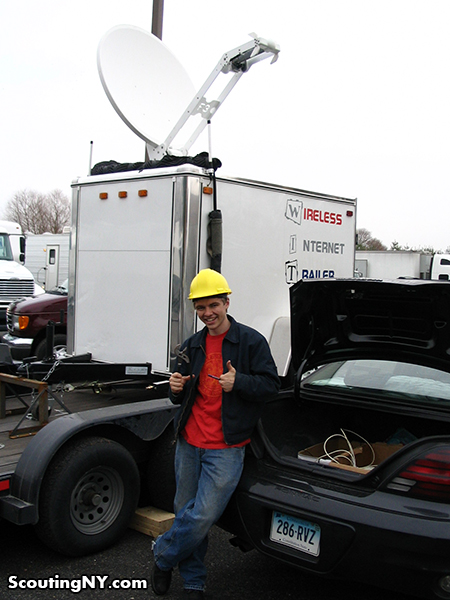
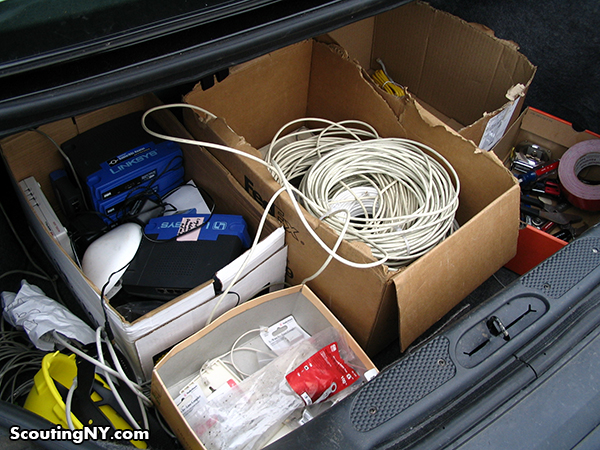
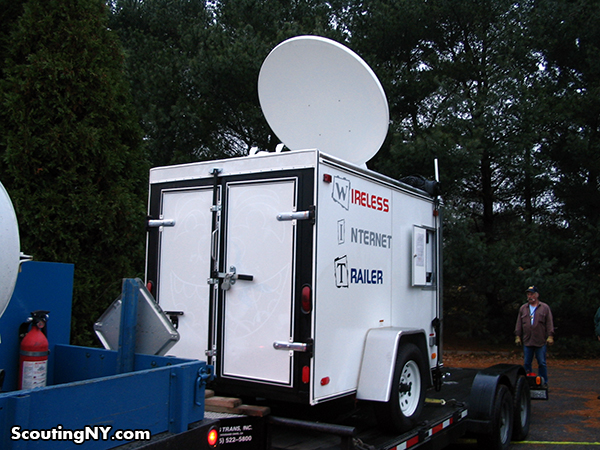
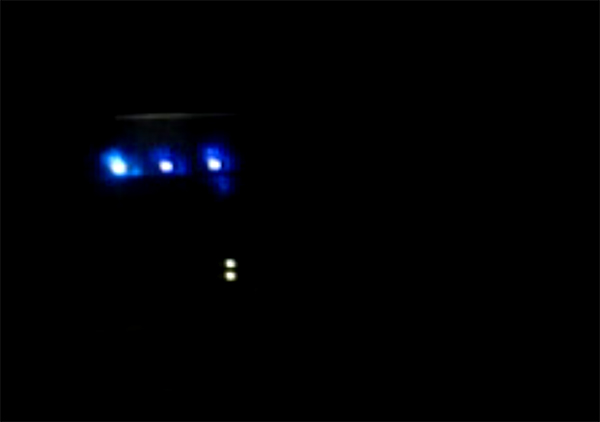
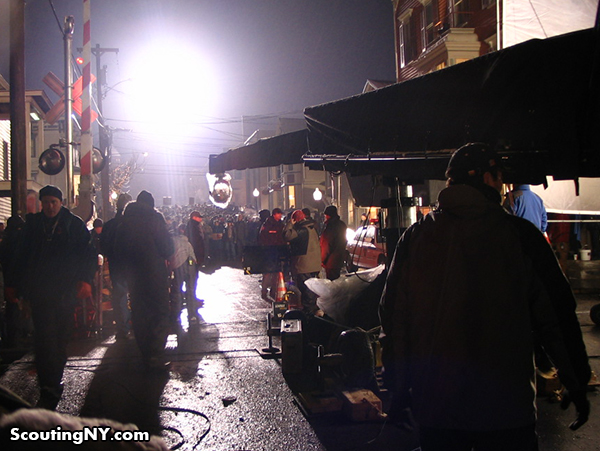
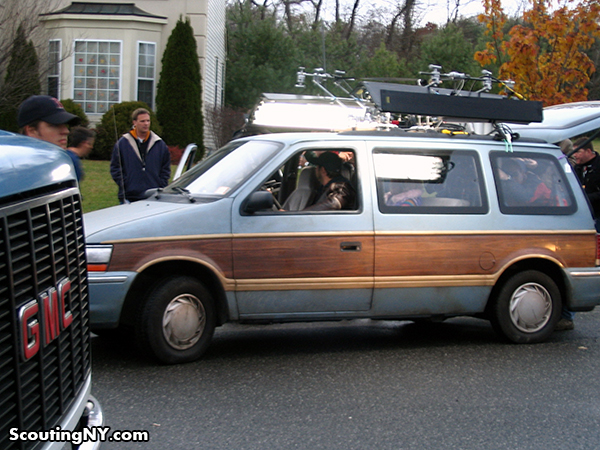
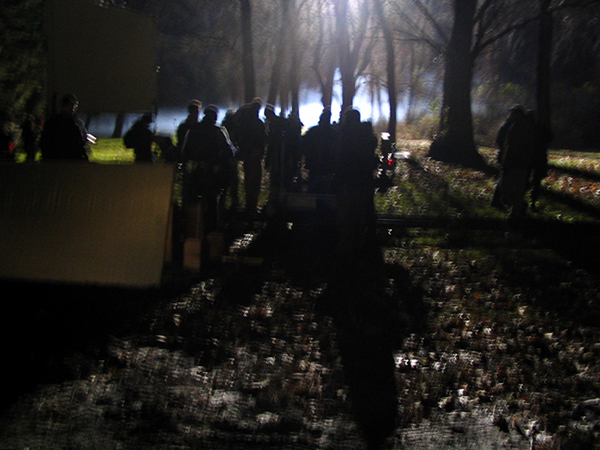
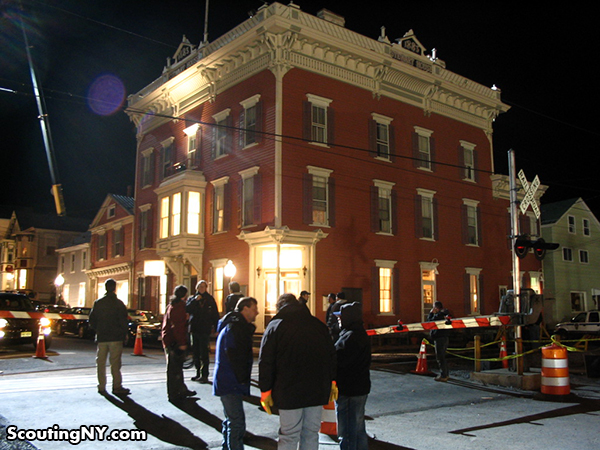
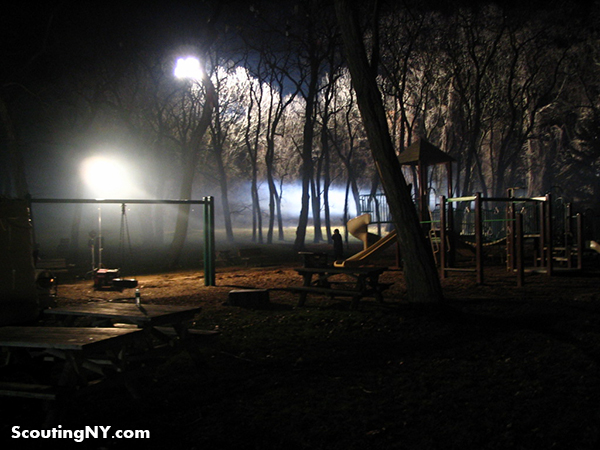

No comments:
Post a Comment